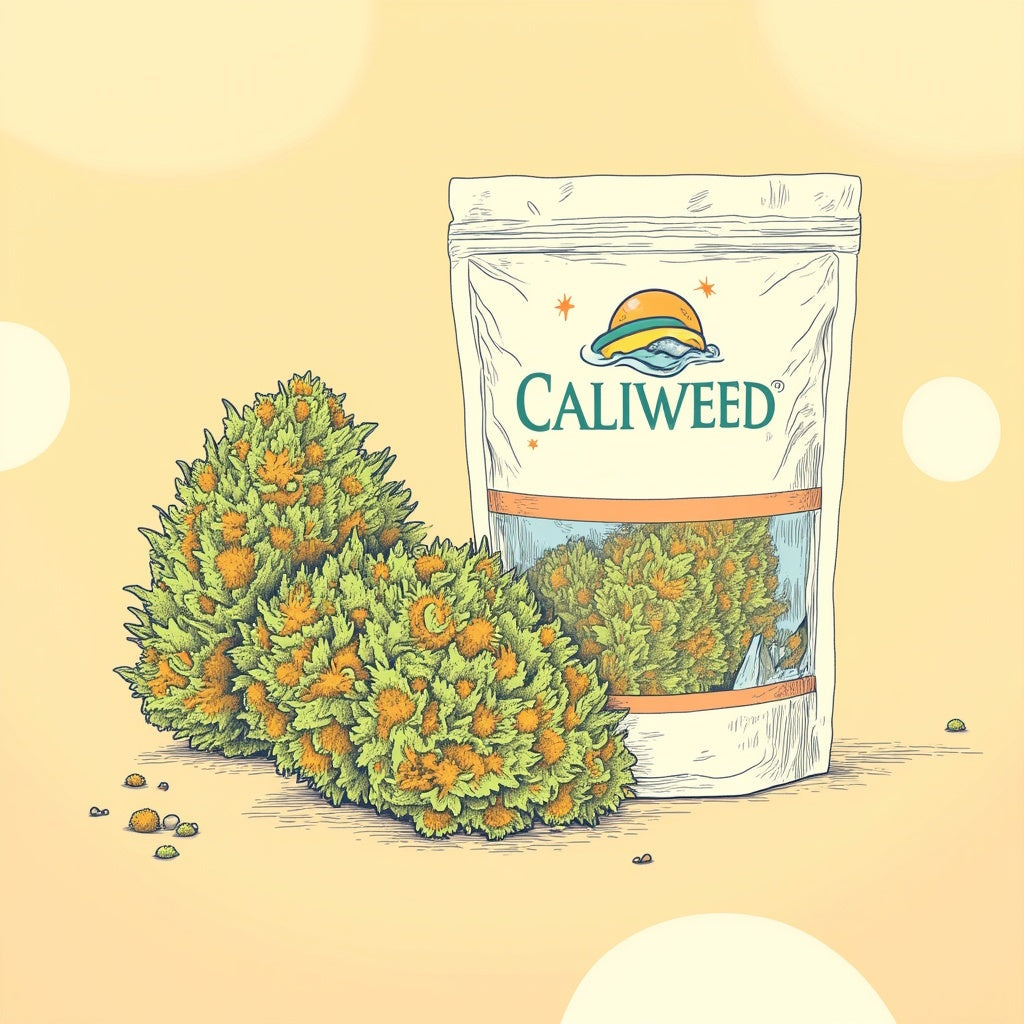
CBD cultivation methods (and their influence on CBD quality)
Did you know: the quality of CBD depends very much on how it's grown? Indoor, outdoor or greenhouse, the three main cultivation methods all have their advantages and disadvantages, and offer a plant of differing quality. Let's decipher all this together to make an informed choice.
To remember
- There are 3 growing methods: indoors, outdoors and under glass.
- Each growing method has its advantages and disadvantages.
- The choice of CBD depends on your expectations and our budget.
What are the three main ways of growing CBD?
CBD can be grown using three different methods, each offering different climatic conditions: indoor, outdoor and greenhouse. Let's take a closer look at each cultivation method.
Outdoor cultivation
Outdoor cultivation is the most natural way to grow plants. Plants grow in the open ground, in natural light, naturally irrigated with rainwater (or supplemented if necessary).
The environment plays an essential role in this type of cultivation. Climatic conditions, soil and altitude all have an impact on plant development.
This method of cultivation makes it possible to offer cheap CBD flowersflowers, which are more respectful of the environment and develop more complex terpenes thanks to the natural conditions. But outdoor cultivation also has its drawbacks, with the possible presence of parasites and fungi, and the vagaries of the weather affecting harvest quality.
CBD outdoor often offers rich, diversified aromas, with a natural, authentic flavour. On the other hand, cannabinoid levels can vary and flower appearance is also more random.
Greenhouse cultivation
Growing CBD in a greenhouse is a good compromise between natural and indoor cultivation. It combines the advantages of both. Hemp grown in greenhouses benefits from both natural light and a controlled environment. Indeed, parameters such as temperature and humidity, for example, are manually regulated.
Greenhouse cultivation therefore offersulture protected from the elements and with stable yields. What's more, this production method requires less energy than indoor cultivation. The cost of producing CBD in greenhouses is therefore moderate, but requires investment in suitable, often expensive, equipment. What's more, the quality of the plant depends entirely on the level of control in the greenhouse. Hemp growers are now turning their attention to the cultivation of CBD glasshousei.e. under glass.
Greenhouse-grown flowers are well-balanced, with constant cannabinoid levels, powerful, well-preserved aromas and a visual effect that's more polished and consistent than outdoors. It's an excellent option for combining quality, respect for the environment and budget.
Indoor cultivation
This is the only method of hemp production that is entirely controlled. Everything depends on human action: light, heat, wind, humidity, etc. CBD is grown indoors in hermetically sealed cultivation chambers, under LED lights.
Some growers have also opted for hydroponic hydroponic CBD. Again, this is a different type of production, in which the CBD plants are placed in a substrate that encourages the plants to absorb nutrients.
This industrialized cultivation method ensures consistent quality, with flowers of impeccable aesthetic appeal. The flowers are dense and resinous, with virtually no risk of mildew or parasites.
On the other hand, indoor cultivation is not an environmentally-friendly option. It uses a lot of energy and leaves a significant carbon footprint. The final cost of the product is also high, as this type of CBD is expensive for growers.
Flowers grown indoors often have a high concentration of CBD high CBD concentration with a perfect visual appearance. Some consumers sometimes find that these CBD flowers flowers lack an authentic taste.
Comparison of cultivation methods on CBD quality
|
Type of CBD: |
|||
|
Cannabinoid content |
Varies according to climate |
Regular rates - a good compromise |
High, stable contraction |
|
Aromatic profiles (terpenes) |
Complex aromatic profiles influenced by soil and climate |
Balanced profile close to outdoor but with more consistency |
Pure, powerful aromas that sometimes lack naturalness |
|
Purity and safety |
Possible heavy metal and pesticide contamination |
Clean and pure CBD, especially if the operation is trustworthy and well-managed |
extreme control with low risk of contamination |
|
Environmental impact |
The most ecological growing method |
Eco-responsible, especially if the greenhouse is powered by renewable energies |
Very energy-intensive (20 times more than outdoor) |
How do you choose the right CBD for your growing method?
A CBD that's right for you is a CBD that meets your selection criteria. Each method of cultivation may be the best for you, depending on your expectations.
If you're looking for a more authentic, natural CBD, opt for outdoor CBD. If, on the other hand, you prefer premium-quality, flawless CBD, opt for indoor cultivation. Finally, for a good balance between price, ethics and quality, greenhouse-grown CBD is perfect.
On the other hand, never forget to check the product's traceability, with its origin and cultivation method. Also look at the laboratory analyses normally provided by the brand (cannabinoid content, absence of contaminants) and the labels the product carries.

